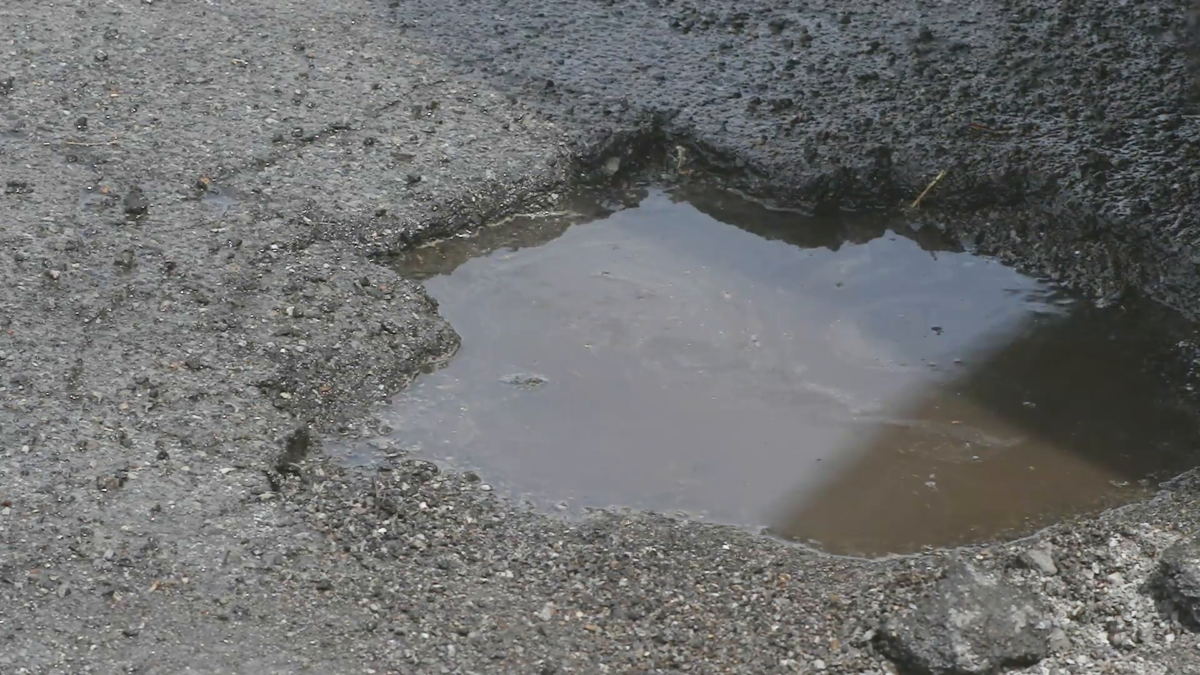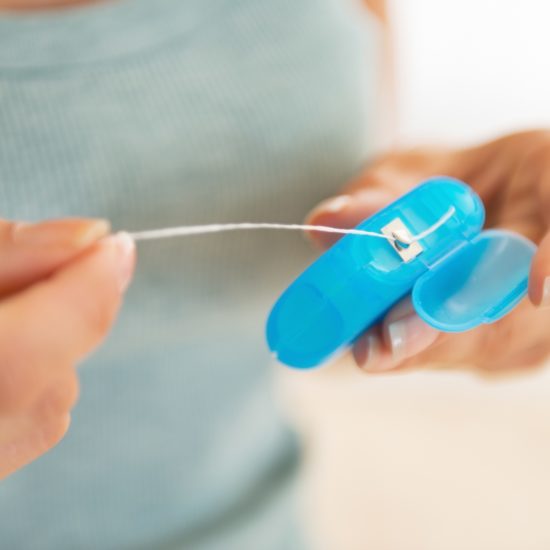
When SHTF, or if life just throws you a curve-ball and you find yourself in a survival situation without being prepared, one of the first things on your survival to-do list is to find water.
Once you’ve found a water source, though, there are two important factors to consider. First, is it clean/drinkable/safe/purified? And second, how are you going to be able to store it or take it with you?
A few ways to purify your water include boiling, water purification tablets, using a commercial water filter, mixing small amounts of bleach into your water, or crafting a DIY filter out of soil and sand. But once you have clean water, how can you store it for later use or carry it with you?
Unless you’re planning to sit back and wait for rescue, you’ll probably need to leave the source of your water (especially if you’re being chased by zombies). Even if you plan to stick close to your water source, you may not want to drink all of your purified water at once, and it can make life much easier if you have containers in which to store your clean water.
Fortunately, nature has given us lots of provisions when it comes to the things we need, including water containers. It definitely helps to have a good survival knife on hand to make some of these containers, but where there’s a will, there’s a way!
3 DIY Natural Water Containers:
Wood
To create a container out of wood, you’ll need to:
-
- Locate a dry log or thick branch. To ensure that it’s large enough to build a container, look for (or cut) a log that is about two feet long. If you can split it in half, even better–a flat surface makes things easier. Hardwoods are better for making water containers simply because they are better at holding liquid without it seeping through the wood. Also, avoid rotten or cracking wood.
- Once you’ve located your wood, you’ll need to build a fire until you have red hot coals. If you were able to split your log in half, lay it on its side with the freshly split side facing up, and place a few coals on the flat surface. If you couldn’t split it, place a few coals on the flattest possible surface. Use a piece of straw or reed to blow air onto the coals. This not only makes them burn into the wood faster but also helps you shape the container by blowing the coals in the direction you want them to burn.
- Once the coals cool off, remove them and scrape out the charred wood with your survival knife or a piece of sharp rock.
- Place another red-hot coal into the depression and repeat the previous steps.
- Once you’ve created a large enough cavity, use a rounded rock to sand down the container and remove any remaining charcoal.
- Having a visual reference always helps, so here’s a video walking you through the process:
Birch bark
One of the best materials for creating containers is birch bark because it is quite pliable, especially when heated. To begin, you’ll need to:
- Find a birch tree (preferably one that has fallen but is still in good condition).
- Use a hammer and chisel, a survival knife, or a sharp rock to cut into the tree and peel off the bark. A rectangular piece of bark will work well to create a container.
- Once you have the bark in hand, heat it up a bit until it’s very flexible. – This next part gets a little tricky to explain, but stick with me (or just skip to the video below).
- Imagine you’re a child in elementary school (it’ll help) and your teacher hands you a rectangular piece of paper. You need to turn it into a triangle-ish shape. We’ll call the shorter top and bottom edges “A” and the longer right and left edges “B.” So, to change the rectangle into a triangle (ish), you take an “A” edge and fold it to meet a “B” edge and make a crease. This is practically the whole first fold of your birch container, except that you won’t crease all the way down. The distance from where the “A” and “B” edges are pressed together and the crease kind of creates a third edge to a triangle. That distance gives you the depth of your container. Stop creasing when the “third edge” of your “triangle” gets to whatever depth you want for your container.
- Crease that “third edge” of your mini “triangle” and fold the triangle it towards the “A” edge (the shorter edge) of your original rectangle.
- If you were able to grasp that great verbal description, give yourself a well-deserved pat on the back and repeat that step with the rest of the corners of the birch bark making sure that the folds overlap at least a little bit. This will create a box or bowl (depending on the depth and creases). You can hold the overlapping folded edges by creating a really rough clothespin out of a partially split branch.
If that was way too many words without any pictures, there’s a great walk-through in the video below showing exactly how to make these folds and create your birch bark container.
Bamboo
With bamboo, you can create either a bowl or a cup. Bamboo stalks have sealed joints, so when cutting a piece of bamboo stalk, simply make sure that one end of it includes a sealed joint. An extra bonus of bamboo is that it also contains water inside its hollow stems.
Animal Parts
The skin, bladder, and intestines of animals can also be used as water containers. (This is a survival situation, so no time to get queasy here).
- To make a water bottle from the stomach of a large animal, make sure to thoroughly clean it with water. If you have considerable time, you can boil some water, take it off the heat, and place the stomach in it for 2 hours. Continue to repeat this process until you see the water remaining clear even after soaking the stomach.
- Then, turn the stomach inside out and scrape off the lining carefully using the back of your knife so you won’t puncture it. Do this while the stomach is still in the warm water to make it easier.
- Once you’re done, boil another batch of water, take it off the heat, and soak the stomach for half an hour. Then, tie off the bottom end while the top end is left open. You can fasten it closed with some cordage to keep the water from spilling out.
Other Containers
There are also some ready-made containers that you can use to store water such as coconut shells, hollowed out acorns, seashells, and even turtle shells (after being thoroughly boiled of course) if you happen to stumble on any. For coconut shells, make sure to scrape out all the fruit inside and sand down the wood to smooth the bowl’s surface.
Naturally, in an ideal situation, you would have a water container with you. It makes life much easier, but should you be unfortunate enough to find yourself without one, one or a few of these DIY containers should do the trick.
Here’s some other self-sufficiency and preparedness solutions recommended for you:
The Lost Ways (The vital self-sufficiency lessons our great grand-fathers left us)
Survival MD (Knowledge to survive any medical crisis situation)
Backyard Liberty (Liberal’s hidden agenda: more than just your guns…)
Alive After the Fall (Build yourself the only unlimited water source you’ll ever need)
The Lost ways II (4 Important Forgotten Skills used by our Ancestors that can help you in any crisis)
The Patriot Privacy Kit (Secure your privacy in just 10 simple steps)




















